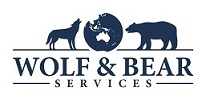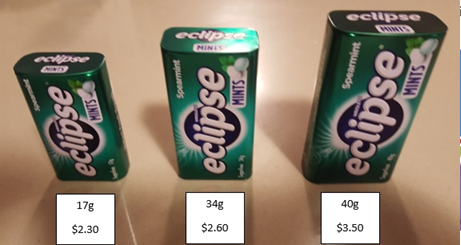Segmentation… it’s simple right?
It’s one of those words the marketing team use… segmentation, sounds like marketing waffle? It is essential in understanding your business and your customers but all too often, segmentation is poorly understood and used for the wrong purposes.
This article explores segmentation; its uses, its applications and what you need to consider when designing your segmentation activities. Critically, it will also identify some of the most common mistakes including the biggest one… using customer segmentation for revenue forecasting.
As we commonly do in these pieces, the most important step in this journey is to identify the outcome you are seeking to generate. Firstly, is your segmentation to be used for; marketing, sales activities, revenue forecasting or something else? This will drive our decision making in the type of segmentation to be applied – are we more interested in a customer; market segment, size, revenue, location or use pattern?
At this point, it is worth talking about market segmentation. It may sound straight forward but choosing the right market/industry taxonomy can have long lasting effects on your future capabilities. This is usually a laborious task and not one that you want to repeat if you don’t have to. Some may choose to use your own descriptions of industry or activities whilst you may want to consider using a standard such as the ANZSIC hierarchy (available via the ABS website). Even if you decide to use the standard hierarchy the decisions don’t end there. The ANZSIC hierarchy consists of 4 levels from major category (e.g. Construction) down to Classes (e.g. Bricklaying Services). Before you click your fingers on a choice, think critically about what level of the hierarchy is actually going to provide the detail you need e.g. is ‘Construction’ enough or do you need to distinguish between Residential vs Non-Residential construction? It may seem easy to just default to the lowest level (class) and that way you can always aggregate back up the hierarchy however be realistic about your administrative capabilities… if you are managing 20,000 entities will you really be able to keep the dataset up-to-date and therefore relevant? Managing 96 sub-divisions versus >700 Classes could make a big difference.
The next big task is to understand your existing and potential data capabilities. Segmentation is a dynamic tool, customers change, they grow, they shrink, they split and they can have different characteristics in different areas – even market sectors. Think about some of the major construction companies – John Holland, CIMIC or Seymour Whyte… they may all be construction companies, but they service different industries ranging from; engineering construction, civil, utilities and mining. So where do you apply their segmentation? At the parent level of the customer hierarchy, the operating unit or at an individual site? The answer may be driven by your ERP/BI reporting capabilities and/or your current data structures.
Segmentation can be a useful tool in supporting forecasting activities particularly if you have access to external data suppliers and market forecasts. However, this comes with a range of complications and considerations that need to be accounted for if this is to provide an accurate analysis. Consider the previous paragraph, if you are unable to accurately segment your revenues than you will likely be blending revenues across market sectors, this will decrease the accuracy and value of your forecasting.
One recent example of this issue came out of the Australian mining boom. As activity in (predominantly) Western Australia exploded on the back of the ‘mega-projects’ traditional infrastructure companies entered the mining industry in various roles. Some stuck to their core competencies in focussing on supporting infrastructure such as roads, rail and ports whilst others even turned their hands to new mining activities. The question is, how many suppliers updated or changed their segmentation to reflect this? And now that the tide is turning back to more traditional civil infrastructure on the East coast, how many have reviewed and updated their data? It may sound trivial, but the effect of this is that much of the exposure to the mining industry was underestimated by suppliers who failed to properly segment their revenue as opposed to their customers. True, most of the activity was Engineering Construction, but did your external forecasters classify it as this or mining? The impacts on your forecasts and decisions you made based on this could have been severe.
The next common issue with segmentation is over complicating/over simplifying your segments. Do you really need 10 segments between $1k and $10k? Conversely, what is classifying spend between $1 and $100k really going to tell you? Before you set your segments, analyse your data. Understand what market you are in and what you will get out of it at the end. Going back to our earlier point – what is the purpose of your segmentation – marketing, sales, forecasting? By looking at the data you already have available, you will quickly see where your segments should be applied – if your groupings have 600 records in one segment and 2 in another… you should probably have a rethink.
Let’s Recap,
- Segmentation shouldn’t be rushed.
- Define the purpose of your segmentation – this will drive all subsequent decisions.
- Be realistic about your data and admin capabilities – this isn’t a ‘once-off’.
- Set up processes to dynamically update and maintain your segmentation.
- Where possible, reconcile your classifications with standards/external supplier segments.
Need help? Wolf & Bear Services have conducted segmentation on many datasets for customers resulting in improved reporting, efficiencies and better business decisions.



